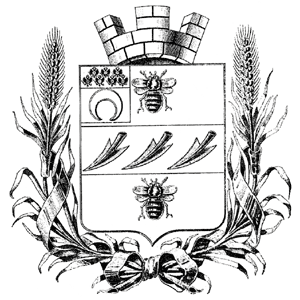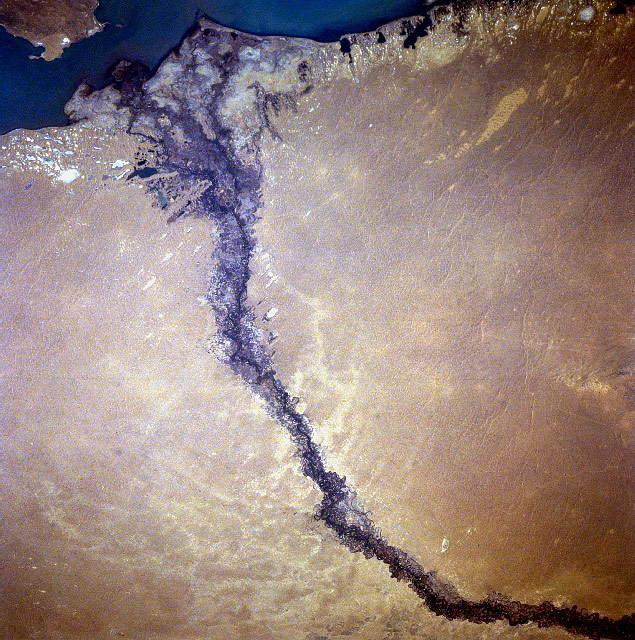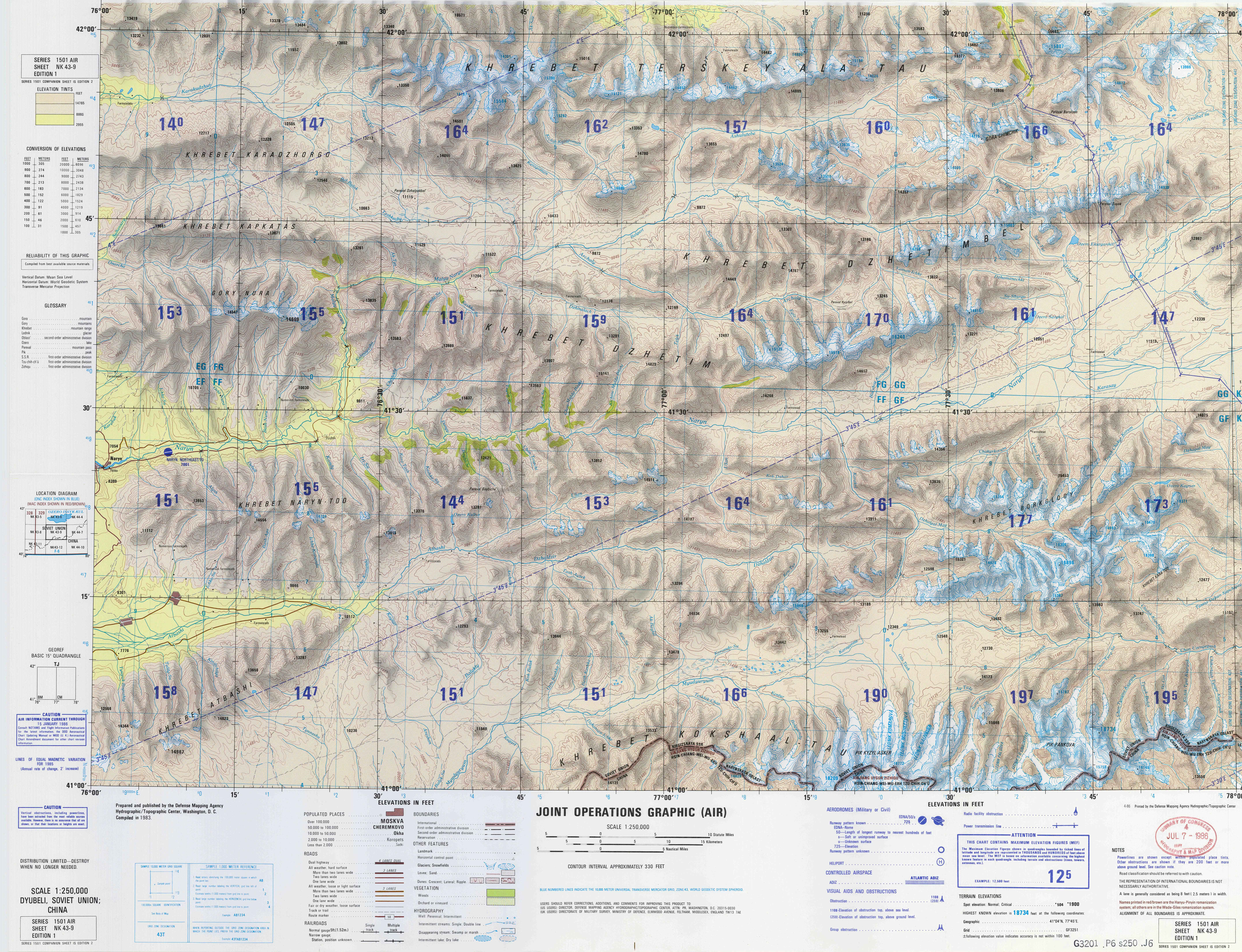|
Semirechye
Zhetysu, or Jeti-Suu ( kk, , Жетісу, pronounced ; ky, ''Jeti-Suu'', (), meaning "seven rivers"; also transcribed ''Zhetisu'', ''Jetisuw'', ''Jetysu'', ''Jeti-su'', ''Jity-su'', ''Жетысу'',, United States National Geospatial-Intelligence Agency ''Джетысу'' etc. and ''Yedi-su'' in Turkish, هفتآب ''Haft-āb'' in Persian, Mongolian: “Долоон ус”, and Семире́чье ''Semiréchie'' in Russian), is a historical name of a part of Central Asia corresponding to the southeastern part of modern Kazakhstan. It owes its name, meaning "seven rivers" (literally, "seven waters") in Kazakh, to the rivers that flow from the southeast into Lake Balkhash. Zhetysu falls into today's Almaty Region and other South-Eastern parts of Kazakhstan and some parts of Northern Kyrgyzstan. Geography The lands of the 19th-century Semirechye Oblast included the steppes south of Lake Balkhash and parts of the Tian Shan Mountains around Lake Issyk Kul. The pro ... [...More Info...] [...Related Items...] OR: [Wikipedia] [Google] [Baidu] |
Semirechye Oblast
The Semirechyenskaya Oblast (russian: Семиреченская область) was an oblast (province) of the Russian Empire. It corresponded approximately to most of present-day southeastern Kazakhstan and northeastern Kyrgyzstan. It was created out of the territories of the northern part of the Khanate of Kokand that had been part of the Kazakh Khanate. The name "Semirechye" ("Seven Rivers") itself is the direct Russian translation of the historical region of Jetysu. Its site of government was Verniy (now named Almaty). The Russian government seized the Semirechyenskaya region in 1854, and created the province the same year. It was administered as part of Governor-Generalship of the Steppes (before 1882 it was known as the Governor-Generalship of the Western Siberia) between 1854 and 1867 and again between 1882 and 1899, and part of Russian Turkistan between 1867 and 1882 and again between 1899 and 1917. Russian control of the region was recognized by the Treaty of Saint Peter ... [...More Info...] [...Related Items...] OR: [Wikipedia] [Google] [Baidu] |
Akmolinsk Oblast (Russian Empire)
Akmolinsk Oblast was an oblast (province) of the Russian Empire. It roughly corresponded to most of present-day northern Kazakhstan and the southern part of Omsk Oblast in Russia. It was formerly part of Kazakh khanate. It was created after the division of the Oblast of Siberia Kyrgyz into the oblasts Aqmola and Semirechye on 21 October 1868. Its center was Omsk and consisted of uezds Akmolinsk, Atbasar, Kokchetav, Omsk and Petropavlovsk. It bordered Tobolsk Governorate to the north, Semipalatinsk Oblast to the east, Semirechye Oblast to the northeast, Syr-Darya Oblast to the south, Turgay Oblast to the southwest and Orenburg Governorate to the northwest. Demographics As of 1897, 682,608 people populated the oblast. Kazakhs constituted the majority of the population. Significant minorities consisted of Russians and Ukrainians. Total Turkic speaking were 438,889 (64.2%). Ethnic groups in 1897 After the defeat of the White Army in the Russian Civil War, it was renamed as Omsk G ... [...More Info...] [...Related Items...] OR: [Wikipedia] [Google] [Baidu] |
Fergana Oblast
The Fergana Oblast (russian: Ферганская область; uz, Fargʻona viloyati) was an oblast (province) of the Russian Empire. It roughly corresponded to most of present-day Fergana Valley. It was created in 1876 when the territories of the former Khanate of Kokand were annexed to Russia (except for the oblasts of Syr-Darya Oblast and Semirechye Oblast, which were part of the khanate before Russian conquest between 1853 and 1865). Its administrative center was the city of Kokand. The Oblast was disbanded after the Russian Revolution and on April 30, 1918 the region became a part of the Turkestan ASSR. Administrative division As of 1897, the Fergana Oblast was divided into 5 uyezds: Demographics As of 1897, 1,572,214 people populated the oblast. Turkic speaking Sarts (Today called Uzbeks) constituted the majority of the population. Significant minorities consisted of Kyrgyz and Tajiks Tajiks ( fa, تاجيک، تاجک, ''Tājīk, Tājek''; tg, Тоҷик) ar ... [...More Info...] [...Related Items...] OR: [Wikipedia] [Google] [Baidu] |
Lake Balkhash
Lake Balkhash ( kk, Балқаш көлі, ''Balqaş kóli'', ; russian: озеро Балхаш, ozero Balkhash) is a lake in southeastern Kazakhstan, one of the largest lakes in Asia and the 15th largest in the world. It is located in the eastern part of Central Asia and sits in the Balkhash-Alakol Basin, an endorheic (closed) basin. The basin drains seven rivers, the primary of which is the Ili, bringing most of the riparian inflow; others, such as the Karatal, bring surface and subsurface flow. The Ili is fed by precipitation, largely vernal snowmelt, from the mountains of China's Xinjiang region. The lake currently covers about . However, like the Aral Sea, it is shrinking due to diversion and extraction of water from its feeders. The lake has a narrow, quite central, strait. The lake's western part is fresh water. The lake's eastern half is saline. The east is on average 1.7 times deeper than the west. The largest shore city is named Balkhash and has about 66,000 inhab ... [...More Info...] [...Related Items...] OR: [Wikipedia] [Google] [Baidu] |
Kazakhstan
Kazakhstan, officially the Republic of Kazakhstan, is a transcontinental country located mainly in Central Asia and partly in Eastern Europe. It borders Russia to the north and west, China to the east, Kyrgyzstan to the southeast, Uzbekistan to the south, and Turkmenistan to the southwest, with a coastline along the Caspian Sea. Its capital is Astana, known as Nur-Sultan from 2019 to 2022. Almaty, Kazakhstan's largest city, was the country's capital until 1997. Kazakhstan is the world's largest landlocked country, the largest and northernmost Muslim-majority country by land area, and the ninth-largest country in the world. It has a population of 19 million people, and one of the lowest population densities in the world, at fewer than 6 people per square kilometre (15 people per square mile). The country dominates Central Asia economically and politically, generating 60 percent of the region's GDP, primarily through its oil and gas industry; it also has vast mineral ... [...More Info...] [...Related Items...] OR: [Wikipedia] [Google] [Baidu] |
Central Asia
Central Asia, also known as Middle Asia, is a subregion, region of Asia that stretches from the Caspian Sea in the west to western China and Mongolia in the east, and from Afghanistan and Iran in the south to Russia in the north. It includes the former Soviet Union, Soviet republics of the Soviet Union, republics of Kazakhstan, Kyrgyzstan, Tajikistan, Turkmenistan, and Uzbekistan, which are colloquially referred to as the "-stans" as the countries all have names ending with the Persian language, Persian suffix "-stan", meaning "land of". The current geographical location of Central Asia was formerly part of the historic region of Turkestan, Turkistan, also known as Turan. In the pre-Islamic and early Islamic eras ( and earlier) Central Asia was inhabited predominantly by Iranian peoples, populated by Eastern Iranian languages, Eastern Iranian-speaking Bactrians, Sogdians, Khwarezmian language, Chorasmians and the semi-nomadic Scythians and Dahae. After expansion by Turkic peop ... [...More Info...] [...Related Items...] OR: [Wikipedia] [Google] [Baidu] |
Syr-Darya Oblast
Syr-Darya Oblast (russian: Сырдарьинская область) was one of the oblasts of the Russian Empire, a part of Russian Turkestan. Its center was Tashkent. History The Syr-Darya Oblast was founded after annexing the northwestern part of Khanate of Kokand, Chimkent ( established in 1709, declaring independence from Emirate of Bukhara) and the northwestern part of Khanate of Khiva (for Amu Darya Okrug at present Karakalpakstan) in 1867. Khiva was Khivan campaign of 1873, conquered by the Russians in 1873 who made Sayyid Muhammad Rahim Bahadur Khan II vassal ruler of the region. From 1905, Pan-Turkism, Pan-Turkist ideologues like Ismail Gasprinski aimed to bridge differences among the peoples who spoke Turkic languages, uniting them into one government. This idea was supported by Vladimir Lenin, and on April 30, 1918, with support of the Bolshevik, Bolsheviks in Tashkent, the Turkestan ASSR, Turkestan Autonomous Soviet Socialist Republic (ASSR) was established with Ta ... [...More Info...] [...Related Items...] OR: [Wikipedia] [Google] [Baidu] |
Ili River
The Ili ( ug, ئىلى دەرياسى, Ili deryasi, Ili dəryasi, 6=Или Дәряси; kk, Ile, ; russian: Или; zh, c=伊犁河, p=Yīlí Hé, dng, Йили хә, Xiao'erjing: اِلِ حْ; mn, Ил, literally "Bareness") is a river situated in Northwest China and Southeastern Kazakhstan. It flows from the Ili Kazakh Autonomous Prefecture of the Xinjiang Uighur Autonomous Region to the Almaty Region in Kazakhstan. It is long (including its source river Tekes),Или of which is in Kazakhstan. The river originates from the Tekes and rivers in ... [...More Info...] [...Related Items...] OR: [Wikipedia] [Google] [Baidu] |
Naryn
Naryn ( ky, Нарын, translit=Naryn, Mongolian : Нарийн, Nariin, Traditional Mongolian ᠨᠠᠷᠢᠨ) is the regional administrative center of Naryn Region in central Kyrgyzstan. Its area is , and its estimated population was 41,178 as of January 2021. The town was established as a fortress on the caravan route in 1868. It is situated on both banks of the river Naryn (one of the main head waters of the Syr Darya), which cuts a picturesque gorge through the town. The city has two regional museums and some hotels, but is otherwise residential. History Naryn was established as a fortress on the important caravan route between Kashgar and Zhetysu (Semirechye) at the direction of the first Governor-General of Russian Turkestan Konstantin Petrovich von Kaufmann in 1868. Overview From Naryn, the main road (one of the branches of the ancient Silk Road) runs south through the sparsely settled central Kyrgyz highlands to the Torugart Pass and China. At present, this is the ... [...More Info...] [...Related Items...] OR: [Wikipedia] [Google] [Baidu] |
Dzungarian Alatau
The Dzungarian Alatau ( mn, Зүүнгарын Алатау, ''Züüngaryn Alatau''; ; kk, Жетісу Алатауы, ''Jetısu Alatauy''; russian: Джунгарский Алатау, ''Dzhungarskiy Alatau'') is a mountain range that lies on the boundary of the Dzungaria region of China and the Zhetysu region of Kazakhstan. It has a length of and a maximum elevation of . Features The Dzhungraian Alatau consists of foothills, ridges, forts, and alpine meadows of the Northern Tian Shan (Trans-Ili Alatau, Ktmen). It is located at an altitude of 2,000m above sea level, and is over 400km long in the latitudinal direction. The Dzhungraian Alatau consists of two ranges that are distinctly parallel to each other: the northern (or main), and the southern range. The area includes several sub-parallel high mountain ranges, accompanied by low and short ranges and their spurs. It also holds the largest waterfall in Central Asia. A distinctive feature of the Dzunguarain Alatau is a seri ... [...More Info...] [...Related Items...] OR: [Wikipedia] [Google] [Baidu] |
Tian Shan
The Tian Shan,, , otk, 𐰴𐰣 𐱅𐰭𐰼𐰃, , tr, Tanrı Dağı, mn, Тэнгэр уул, , ug, تەڭرىتاغ, , , kk, Тәңіртауы / Алатау, , , ky, Теңир-Тоо / Ала-Тоо, , , uz, Tyan-Shan / Tangritog‘, , also known as the Tengri Tagh or Tengir-Too, meaning the ''Mountains of Heaven'' or the ''Heavenly Mountain'', is a large system of mountain ranges located in Central Asia. The highest peak in the Tian Shan is Jengish Chokusu, at high. Its lowest point is the Turpan Depression, which is below sea level. One of the earliest historical references to these mountains may be related to the Xiongnu word ''Qilian'' ( zh, s=祁连, t=祁連, first=t, p=Qílián) – according to Tang commentator Yan Shigu, ''Qilian'' is the Xiongnu word for sky or heaven. Sima Qian in the ''Records of the Grand Historian'' mentioned ''Qilian'' in relation to the homeland of the Yuezhi and the term is believed to refer to the Tian Shan rather than the Qilia ... [...More Info...] [...Related Items...] OR: [Wikipedia] [Google] [Baidu] |
Ili Kazakh Autonomous Prefecture
Ili Kazakh Autonomous Prefecture ( kk, Іле Қазақ автономиялық облысы) (also as Yili) is an autonomous prefecture for Kazakh people in Northern Xinjiang, China, one of five autonomous prefectures in Xinjiang. Yining City is its capital. It is bordered by Mongolia, Russian Federation and Republic of Kazakhstan on the northeast to southwest, with a boundary line of 2,019 kilometers. Including Khorgas, Bakhty and Jeminay, there are 9 ports of entry at the national level. With the unique location advantage, Ili has been an important commercial hub and international channel of opening up to the west. The autonomous prefecture covers an area of 268,591 square kilometers, accounting for 16.18% of Xinjiang. Direct-administered regions () within the prefecture cover 56,622 square kilometers (21.08% of total area) and have a population of 4,930,600 (or 63.95% of registered population). There are about 3.6 million Kazakhs in Ili Kazakh Autonomous Prefecture. The Ka ... [...More Info...] [...Related Items...] OR: [Wikipedia] [Google] [Baidu] |



.png)




